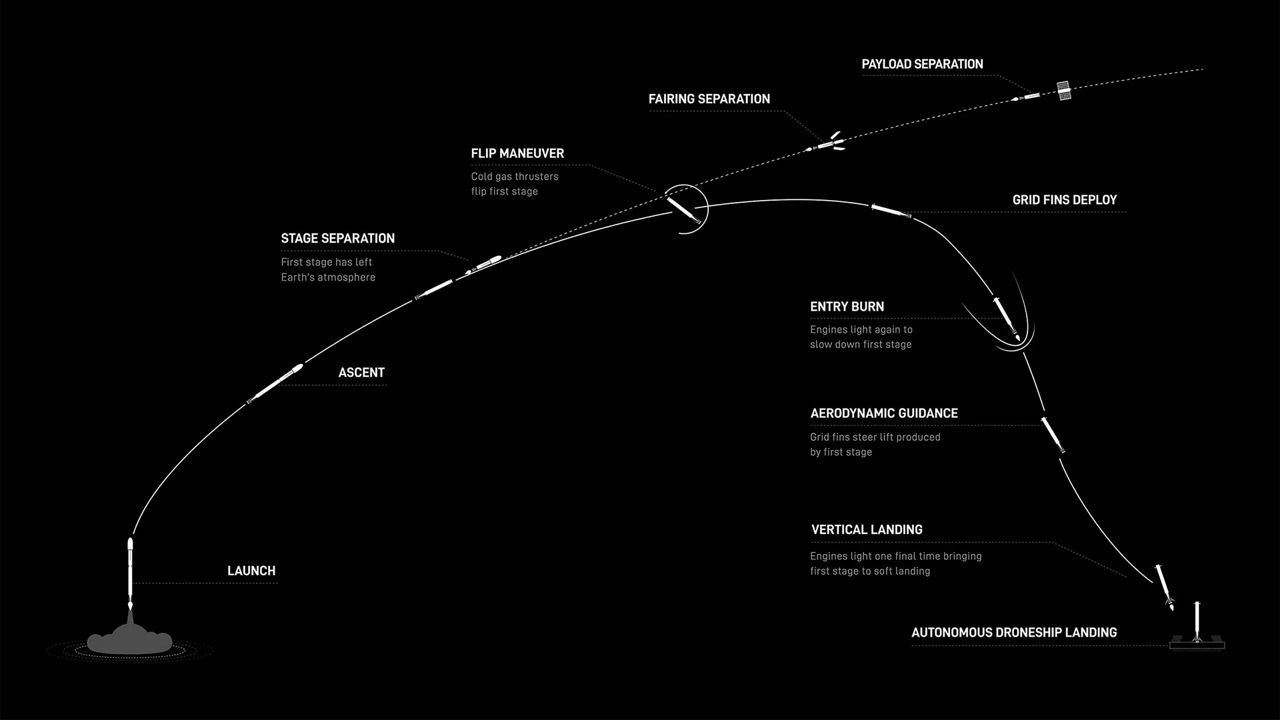CAPE CANAVERAL SPACE FORCE STATION — While weather was a factor against the launch, SpaceX was able to send up two of Europe’s Galileo satellites on Tuesday night.
What You Need To Know
- The Galileo L13 mission took off from Space Launch Complex 40 at Cape Canaveral Space Force Station
Liftoff! pic.twitter.com/yG7YajyF2k
— SpaceX (@SpaceX) September 17, 2024
The Falcon 9 rocket sent up the Galileo L13 mission from Space Launch Complex 40 at Cape Canaveral Space Force Station, SpaceX stated.
The launch happened at 6:50 p.m. ET.
Going up on time is a concern. The 45th Weather Squadron gave a 40% chance of good liftoff conditions, with the only worries being the surface electric fields, cumulus cloud and anvil cloud rules.
However, about 30 minutes before launch, SpaceX posted on X, formally known as Twitter, that the weather conditions improved to 60%.
If the launch was scrubbed, the next chance would have been on Wednesday at 6:46 p.m. ET.
About The Mission
This is the 22nd mission for the Falcon 9's first-stage booster B1067. With its amazing career, it has two crewed missions under its hat.
- CRS-22
- Crew-3
- Turksat 5B
- Crew-4
- CRS-25
- Eutelsat HOTBIRD 13G
- mPOWER-a
- Satria
- Telkomsat Merah Putih 2
- 12 Starlink missions
After the stage separation, the first-stage booster landed on the Just Read the Instructions droneship that is in the Atlantic Ocean.
Falcon 9’s first stage lands on the Just Read the Instructions droneship pic.twitter.com/YhH3fP7svM
— SpaceX (@SpaceX) September 17, 2024

About the Galileo satellites
These satellites are Europe’s global navigation satellite system, which is similar to GPS, but better, according to the European Commission.
“Galileo is four times more accurate than GPS providing 1 meter (3 feet) accuracy and a broad range of services,” stated the commission.
These two satellites will join the 28 of its mechanical siblings at a medium Earth orbit of 14,429 miles (23,222 kilometers), according to the European Space Agency.
The Galileo satellites are used for smartphones, smartwatches, vehicles, and drones, among other things.
The Galileo satellites are under civilian control and funded and owned by the European Union.
Earlier this year in April, SpaceX sent up a pair of Galileo satellites.
Find out more about these satellites here.



